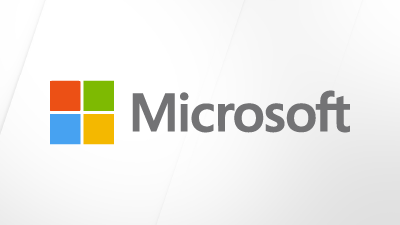Explore challenges and solutions in AI chip development
Overview
STMicroelectronics (ST), headquartered in Geneva, Switzerland, develops chips for a broad variety of industries including automotive, industrial, consumer, and the IoT. The company is a global leader in semiconductor solutions, providing innovative technology to shape the future of electronics. With a team dedicated to CDC-RDC verification, ST faced growing challenges as their chips became larger and more complex, requiring advanced tools to maintain accuracy and speed.
Challenges
- Metastability: Asynchronous clocks and reset domains can cause metastability, leading to unpredictable behavior and potential system failures.
- Low-Power Techniques: Power management techniques can introduce additional CDCs or disrupt synchronized paths, causing glitches and convergence issues.
- Complexity and Scale: Verifying the potentially millions of CDC clock crossings in large SoCs requires exhaustive analysis and can be time-consuming with traditional tools.
- Manual Analysis Burden: Identifying and addressing violations manually is challenging and prone to errors, especially with a high volume of potential violations.
Solution
STMicroelectronics turned to the Synopsys VC SpyGlass® RTL Signoff Platform from the Synopsys Verification Family to tackle these challenges. The power-aware, constraints-driven VC SpyGlass solutions provided:
- Early RTL Development Verification: Ensured correct construction of RTL, CDC, and RDC early in the design process.
- Advanced Algorithms and Analysis: Leveraged machine learning to cluster violations, allowing for efficient root-cause analysis.
- Integration with Synopsys Tools: Seamless compatibility with Synopsys Design Compiler® RTL synthesis and Synopsys PrimeTime® signoff use models, along with native integration with the Synopsys Verdi® Automated Debug System for lint-, CDC-, and RDC-centric debug.
- Comprehensive Test Case: Included a clock selection element, black box, converging CDC paths, and power and voltage domain crossings.
Results
The implementation of Synopsys VC SpyGlass technology led to significant improvements for STMicroelectronics:
- Faster Verification Performance: Achieved a 3x to 4x increase in verification speed compared to the previous environment.
- Enhanced Accuracy and Coverage: Improved convergence analysis accuracy and exhaustive RDC analysis coverage.
- High-Quality Signoff: Delivered high-quality signoff with efficient, high-productivity debugging.
- Reduced Time and Resources: Minimized the time and computational resources required for full-chip CDC analysis on multi-billion-gate ASICs.
By adopting the Synopsys VC SpyGlass RTL static signoff technology, STMicroelectronics was able to address the complexities of modern SoC designs efficiently, ensuring faster, more accurate verification and ultimately, more reliable chip performance.








